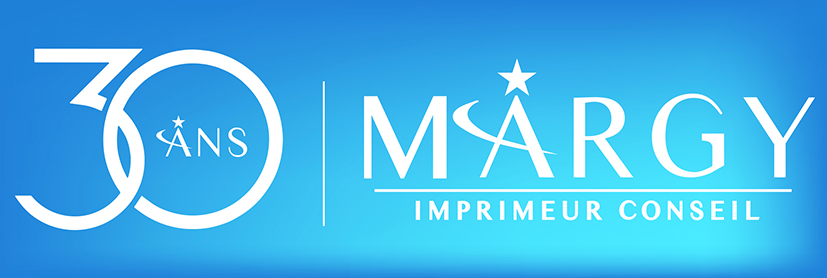At the conference on the frontiers of digital marketing organised by Viuz, rather than looking in the coffee grounds, professionals preferred to share their experiences. These discussions provided an opportunity to consider the trends in this field over the coming years.
First of all, the underlying trend: digital advertising is dominating the sector and supplanting television advertising. Marketers are expecting online advertising to grow by 8.1%, compared with +0.3% for the overall market across all media.
Virtual reality is no longer a pipe dream
That said, Thomas Husson, an analyst at Forrester, drew attention to a number of trends. The use of virtual reality will increase significantly. In 2016, an estimated 1 million headsets were in use in the United States. By 2020, this figure is expected to rise to 50 million, 20 million of which will be used by businesses. The sectors most affected by its use will be the luxury tourism and automotive industries.
Mobile: omnipresent and indisputable in 2016
Another major trend is that mobile phones are supplanting PCs and increasingly intruding into our private lives. Mobile first” is being overtaken by “mobile only”, and is taking its place at the centre of the galaxy of connected objects (IOT). A few figures give the measure of this omnipresence. In 2015, Facebook generated 78% of its advertising revenue on mobiles, 51% of the time spent on the Internet is spent on our phones and 50% of the 100 billion queries on Google are made on them. Our smartphone is everywhere, encroaching on our free time and leisure activities, a time-consuming, omniscient little monster.
2016: 75% of web traffic will be video
Since 2011, the use of video has continued to grow. Every day, there are 8 billion video views on Facebook and Snapchat, and the average web user watches 40 minutes of video per session. In response to this growth, Google has launched YouTube Kids and YouTube Gaming. The aim of this targeting is to enable advertisers to detect the interests of their target audience and tailor their digital advertising accordingly. It is up to professionals to determine the right video format to develop, even if there is an emerging preference for short videos.
Personalising digital advertising
The final major finding is the need for increasingly personalised digital marketing. At L’Oréal, Laurent Laforest points out that, in their field, communication involves influencers. In other words, bloggers and social networks.
Increasingly specialised blogs are becoming an essential intermediary in the luxury and make-up sectors. However, this power of influence requires genuine objectivity on their part, and the promotion of products must be clearly framed by sponsored articles.
Social networks are used more by the 16-34 age group, who refer to them whenever they are looking for information. After the age of 50, the search engine takes over.
As with Sosh and Parisien, it’s up to marketers to devise campaigns based on the habits and interests of Internet users. Targeted content and subscription offers based on the data collected will improve the conversion rate.
The harsh reality of marketing: do as I say…
Once all these trends have been analysed, tested and applied, we need to get back to the reality of the figures. In business, the gap between consumer habits and marketing practices is far from being bridged.
In 2015, only 7% of companies responding to the Idaos Barometer on digital transformation invested in new technologies and changed their communication methods. Elsewhere, everything is still in the making. The digital marketing trend for 2016 may well begin with a realisation that the Internet has become a reality.
Other articles :
 01 44 52 02 02
01 44 52 02 02
